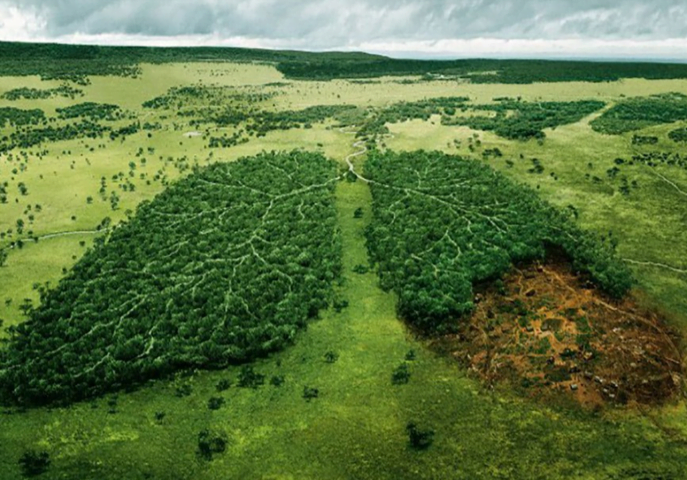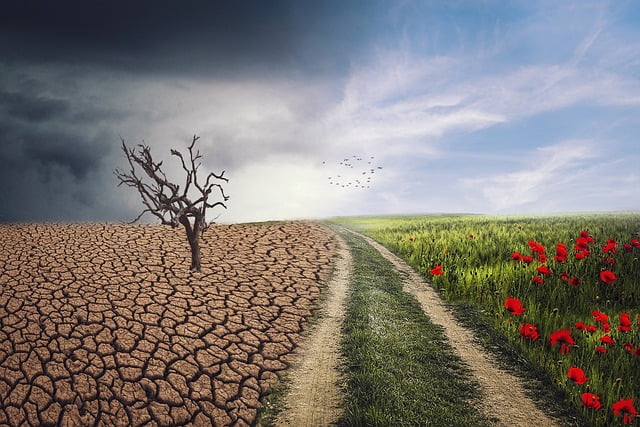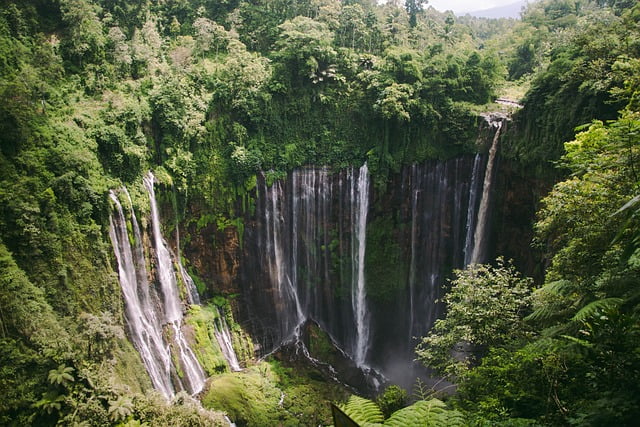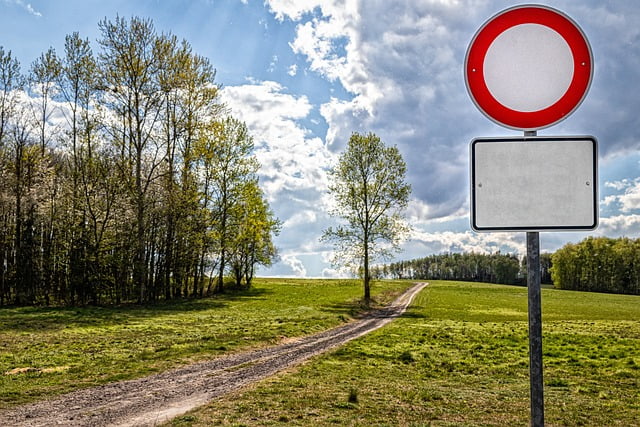Earth, our shared home, is a complex and interconnected system where every living organism plays a crucial role. However, the rising tide of indiscriminate deforestation threatens to disrupt the delicate balance that sustains life on our planet. In this blog post, we delve into the profound consequences of rampant tree removal, exploring how indiscriminate deforestation is unleashing a cascade of disruptions that echo far beyond the forest canopy.
Contents:
- Loss of Biodiversity
- Climate Change Acceleration
- Soil Erosion and Degradation
- Water Cycle Disruption
- Impact on Indigenous Communities
- Global Economic Consequences
- The Call for Sustainable Practices
Loss of Biodiversity:

One of the most immediate and severe impacts of indiscriminate deforestation is the loss of biodiversity. Forests are home to an astounding array of plant and animal species, many of which are uniquely adapted to their specific ecosystems. As trees fall, entire habitats are destroyed, pushing numerous species to the brink of extinction. The interconnectedness of these ecosystems means that the disappearance of one species can trigger a domino effect, affecting others in the web of life.
Read More: The Remarkable Gifts Rainforests Bestow upon Humanity
Climate Change Acceleration:

Forests act as carbon sinks, absorbing and storing vast amounts of carbon dioxide. Indiscriminate deforestation disrupts this vital process, releasing stored carbon back into the atmosphere and contributing to the greenhouse gas effect. This acceleration of climate change has far-reaching consequences, including rising temperatures, altered precipitation patterns, and more frequent and severe weather events.
Read More: Types Of Forests In The World
Soil Erosion and Degradation:

The roots of trees play a crucial role in stabilizing soil, preventing erosion, and maintaining its fertility. When trees are removed, the protective barrier they provide is lost, leading to increased soil erosion. This not only depletes the quality of the soil but also contributes to sedimentation in rivers, negatively impacting aquatic ecosystems.
Read More: Top 10 Forests to Visit in the World
Water Cycle Disruption:

Forests play a key role in regulating the water cycle. Trees absorb water through their roots and release it into the atmosphere through a process known as transpiration. Indiscriminate deforestation disrupts this natural cycle, leading to altered precipitation patterns, decreased groundwater recharge, and increased vulnerability to droughts and floods.
Read More: 10 Most Oxygen Producing Trees in India
Impact on Indigenous Communities:

Many indigenous communities around the world rely on forests for their livelihoods and cultural practices. Indiscriminate deforestation not only threatens their way of life but also often leads to displacement and loss of traditional knowledge.
Read More: 10 Unusual Trees Found Around The World
Global Economic Consequences:

The impacts of indiscriminate deforestation extend beyond the environmental and social spheres. The global economy relies heavily on the services provided by forests, including timber production, non-timber forest products, and ecotourism. The loss of these services can have far-reaching economic consequences.
Read More: Top 10 Fastest-Growing Trees in India
The Call for Sustainable Practices:

To mitigate the disruptive effects of indiscriminate deforestation, a shift towards sustainable forestry practices is imperative. This includes:
Reforestation and Afforestation:
We should start planting new trees in place of the cut trees, this can be a great way to conserve the environment and reduce the impact of deforestation.
Read More: Top 10 Long-Living Trees in India
Responsible Logging Practices:
Enforcing strategies that prioritize the enduring well-being of forests is essential for sustainable environmental management. This involves adopting practices geared towards the long-term health and resilience of forest ecosystems.
Protected Areas:

Creating and sustaining protected areas is a fundamental approach to conserving biodiversity and safeguarding ecosystems. This involves the establishment and upkeep of designated regions where flora and fauna are shielded from various threats, ensuring the preservation of diverse and thriving ecosystems.
Read More: Top 8 Fast-Growing Trees in India
Conclusion:
As we witness the unsettling consequences of indiscriminate deforestation, the need for collective action becomes ever more urgent. The well-being of our planet is intricately linked to the vitality of its forests. By confronting the underlying reasons for deforestation and adopting sustainable approaches, we can actively contribute to the rejuvenation of the intricate equilibrium that supports life on Earth. This serves as an urgent appeal to individuals, communities, and nations to act as guardians of our forests, striving to replace the discordant notes of unchecked deforestation with a unified and sustainable tune that resonates for generations to follow.
